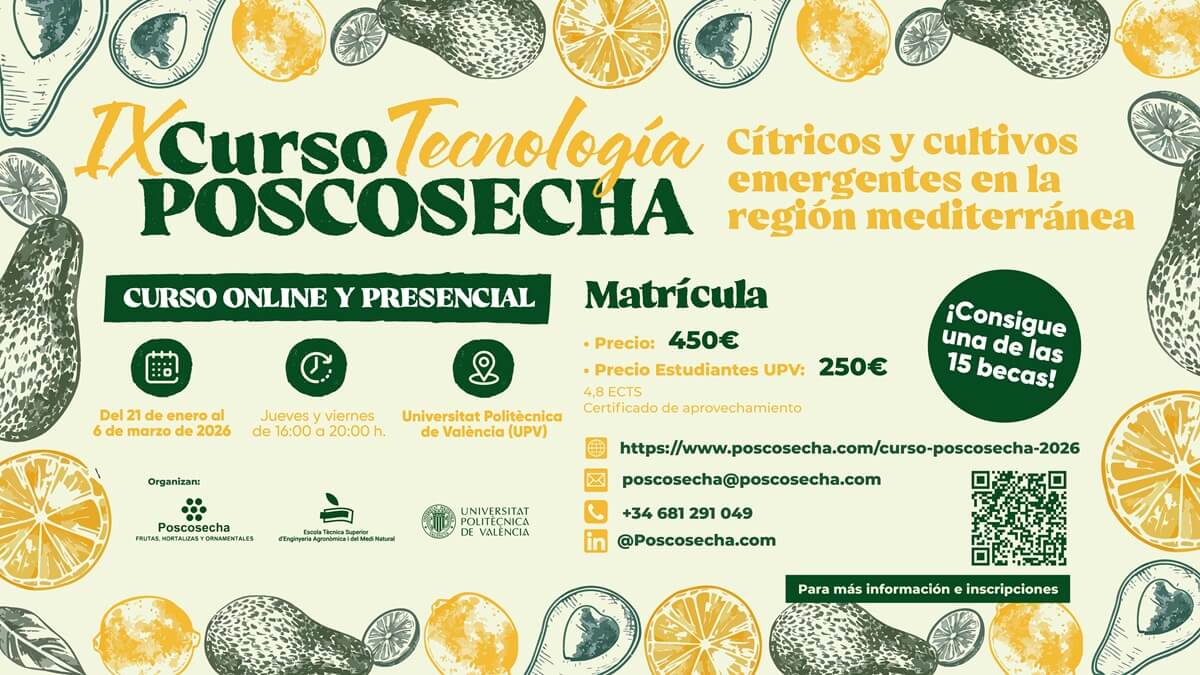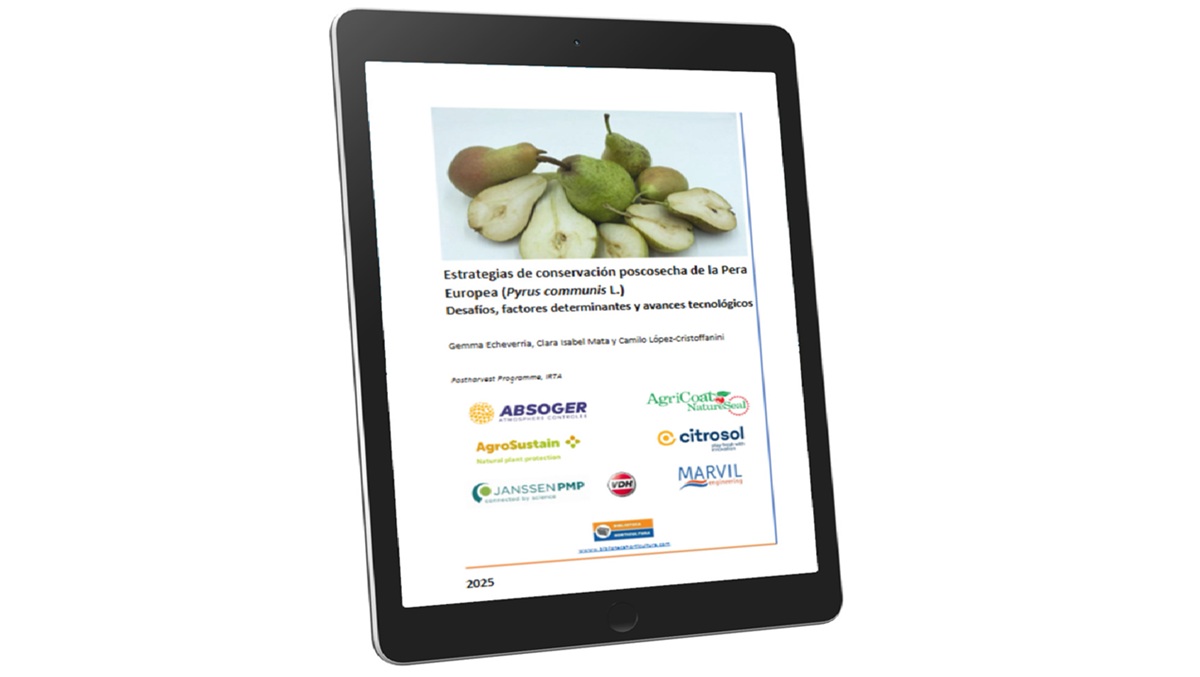News
Innovative trends for loss reduction during postharvest
Fresh produce particularly, fruits and vegetables play an important role in ensuring food and nutritional security as well as enhancing global trade and economic growth (Schreinemachers et al., 2018). For instance, the global annual farm gate value of fruits and vegetables is reported to be approximately USD 1 trillion which is more than that of all agricultural food grains combined (USD 837 billion) (Schreinemachers et al., 2018). Despite their economic potential, fruits, and vegetables remain prone to high postharvest losses (Rahiel et al., 2018) which remains a major threat to food security. This is particularly true in low-and middle-income countries (LMICs) (Kumar and Kalita, 2017). Among all the food commodities globally, fruits and vegetables record the highest postharvest losses ranging between 28 % and 55 % of the total production and accounting for approximately USD 750 billion per annum (Opara et al., 2021, Ueda et al., 2022). In extreme cases, postharvest losses of fresh produce can be as high as 60 % depending on the produce type (Yahia et al., 2019). These losses have been attributed to various aspects such as mechanical and
Fresh produce particularly, fruits and vegetables play an important role in ensuring food and nutritional security as well as enhancing global trade and economic growth (Schreinemachers et al., 2018). For instance, the global annual farm gate value of fruits and vegetables is reported to be approximately USD 1 trillion which is more than that of all agricultural food grains combined (USD 837 billion) (Schreinemachers et al., 2018). Despite their economic potential, fruits, and vegetables remain prone to high postharvest losses (Rahiel et al., 2018) which remains a major threat to food security. This is particularly true in low-and middle-income countries (LMICs) (Kumar and Kalita, 2017). Among all the food commodities globally, fruits and vegetables record the highest postharvest losses ranging between 28 % and 55 % of the total production and accounting for approximately USD 750 billion per annum (Opara et al., 2021, Ueda et al., 2022). In extreme cases, postharvest losses of fresh produce can be as high as 60 % depending on the produce type (Yahia et al., 2019). These losses have been attributed to various aspects such as mechanical and biological (pest and diseases) damages (Dharmathilake et al., 2019) with the latter being estimated to cause over 40 % of the total losses in fruits and vegetables (Tripathi et al., 2022). In this regard, numerous studies have been done to develop technologies targeted towards reducing postharvest losses. For instance, in close to half a century, postharvest research has increased and shifted focus to incorporate various novel technologies. These now cover aspects such as harvesting, handling, packing, transportation, and storage to extend shelf-life, retain and improve quality, reduce loss, and ensure safety after harvest. The more recent shift towards transdisciplinary research has also contributed to researchers, institutions (public and private), countries, and funding bodies engaging in collaboration more and securing international funding that focuses more on the global challenges around food availability and supply by minimising losses and retaining quality and safety up to the point of consumption. This study aimed to bring a clear understanding of postharvest loss reduction (PHLR) related research trends in fresh produce particularly in fruits and vegetables over the last three decades (1990?2020). Consequently, through a meta-data analysis and visualisation of the postharvest research dynamics, this study endeavoured on depicting the current key innovation areas in postharvest disease control and shelf-life extension of fresh produce. In addition, the major players in terms of research and funding, continental collaborations, publishing trends, and journals were analysed. These findings are key in projecting the future of fresh produce postharvest handling for appropriate timely interventions toward recent and future loss management trends to safeguard food security. AbstractGlobally, fruit and vegetables (fresh produce) are important for nutrition, health, food security, and economic growth. However, this type of produce is highly impacted by huge global postharvest losses ranging between 28 % and 55 % annually with low and middle-income countries (LMICs) being the most affected. Tremendous efforts have been made in terms of research and innovation to address the issue of fresh produce postharvest losses over time. Hence, this study aimed to understand the trends in fresh produce postharvest research focusing on innovations for loss reduction over the last three decades using bibliographic network analysis. This involved the retrieval of postharvest-related research documents on fruit and vegetables from the Web of Science database published between January 1990 and December 2020. The retrieved documents were used to generate maps using the VOS viewer software to visualise the key research areas and technology trends towards reducing fruit and vegetables postharvest losses as well as collaborations among countries. The study results showed an exponential increase in postharvest research on fresh produce over the past three decades with around 65 % of the work happening in the last decade (2010?2020). Research trends showed that postharvest loss reduction (PHLR) innovations focus has shifted from common chemical control to search for alternative control strategies. Most notable is the shift towards plant-based compounds, edible coatings, and biofilms for disease control and fresh produce shelf-life extension. Study results showed that China and USA are the major global players in fresh produce postharvest research, while South Africa and Egypt are the key players in Africa. Despite the milestones in fresh produce postharvest research, LMICs still experience high postharvest losses shifting the debate on access to information and the adoption of novel technologies. The study recommends the need to strengthen PHLR research investment and collaboration, particularly among LMICs to reduce the burden of food losses and waste and strengthen food security. This can be achieved by increasing adoption of the novel technologies by the industries. SourcesGlobal research network analysis of fresh produce postharvest technology: Innovative trends for loss reductionE.M. Karoney, T. Molelekoa, M. Bill, N. Siyoum & L. KorstenPostharvest Biology and Technology,?Volume 208, February 2024, 112642https://doi.org/10.1016/j.postharvbio.2023.112642https://www.sciencedirect.com/science/article/abs/pii/S0925521423004039 Picture?Edible films and coatings ? Not just packaging materialsHenriette M.C. Azeredo, Caio G. Otoni & Luiz Henrique C. MattosoCurrent Research in Food Science, Volume 5, 2022, Pages 1590-1595https://www.sciencedirect.com/science/article/pii/S2665927122001496
Related news



.jpg)








